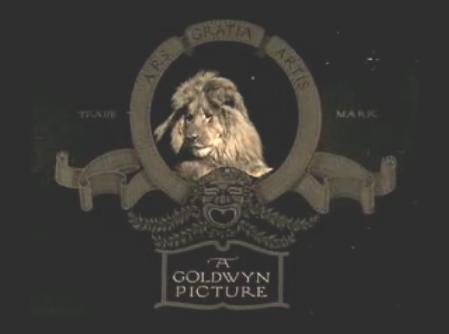 |
| Screenshot of JackAbramoff.com |
A three member Uniform Domain Name
Dispute Resolution ("UDRP") panel refused to transfer the domain
name JackAbramoff.com to Jack Abramoff after he filed a complaint.
Abramoff was involved in a corruption scandal that led to his conviction and
to 21 persons either pleading guilty or being found
guilty, including former White House officials J. Steven Griles and David Safavian, Representative Bob Ney, and nine other lobbyists and Congressional aides.
The domain name is currently registered by
the Democratic Congressional Campaign Committee (DCCC) who has been using it
for less than flattering purposes.
The panel found that Abramoff did
not prove by a preponderance of relevant, credible,
admissible evidence that the domain name is identical or confusingly similar to
a trademark in which he has trademark rights.
Further, the Panel found that Abramoff “has
not met his burden to prove by a preponderance of the relevant, admissible
evidence that Respondent’s domain name has been registered and is being used in
bad faith.”
Part of Abramoff's legal problem was that,
aside from it being his name, the Panel found that he provided "no
evidence of actual use of JACK ABRAMOFF as a trademark in connection with
particular goods or services prior to the time
Respondent registered the
disputed domain name."
The Panel noted that “[o]ne cannot claim or
enforce trademark rights in a mark that it has not used, and one cannot secure
a U.S. Federal Trademark Registration absent “use in commerce.”
The Panel also found that the Respondent has
rights or legitimate interests in the domain name because it has made a
legitimate noncommercial or fair use pursuant to the Policy.
The Panel further noted that the use being
made on the domain name is classic political speech, protected by the First
Amendment, and, for trademark purposes constitutes nominative fair use.
Further, Abramoff had claimed to be “famous,” but the
Panel found that the record reflects he is, in fact, “infamous."





















